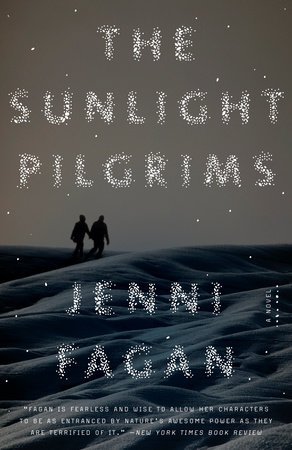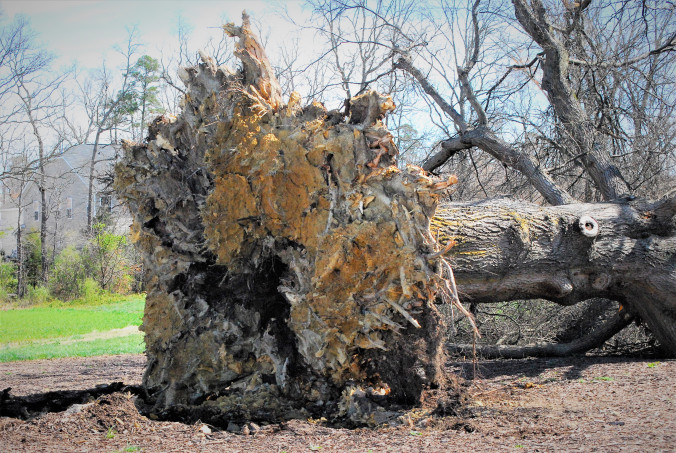Download links for: The Pinecone: The Story of Sarah Losh, Forgotten Romantic Heroine--Antiquarian, Architect, and Visionary


Reviews (see all)
Write review
I tried and I tried and I tried... and just couldn't. Maybe another time.
Barbara Massam
Dianne books
Other books by History & Biography
Related articles












